Having worked with various piping materials in both residential and commercial water systems, I’ve encountered numerous bacterial contamination issues that often trace back to material selection and system design. PEX piping presents a unique case in bacterial management, offering both advantages and considerations that professionals must understand to ensure water safety.
PEX demonstrates moderate resistance to bacterial growth compared to other plumbing materials, with its smooth interior surface inhibiting initial biofilm attachment but lacking the inherent antimicrobial properties of copper. Proper system design, regular maintenance, and adherence to manufacturer guidelines are crucial for minimizing bacterial risks in PEX plumbing systems.
For a deep dive into PEX’s overall safety for drinking water, explore: Does PEX pipe meet international drinking water standards?
How does PEX’s smooth interior surface inhibit biofilm formation?
PEX’s non-porous, hydraulically smooth surface creates a physical barrier that significantly hinders initial bacterial attachment and biofilm development.
PEX’s ultra-smooth surface (approximately 0.007mm roughness) provides fewer attachment points for bacteria to colonize, while its non-porous structure prevents bacterial embedding. This combination reduces biofilm formation potential compared to rougher or corroded metal surfaces, though it doesn’t eliminate bacterial growth entirely.
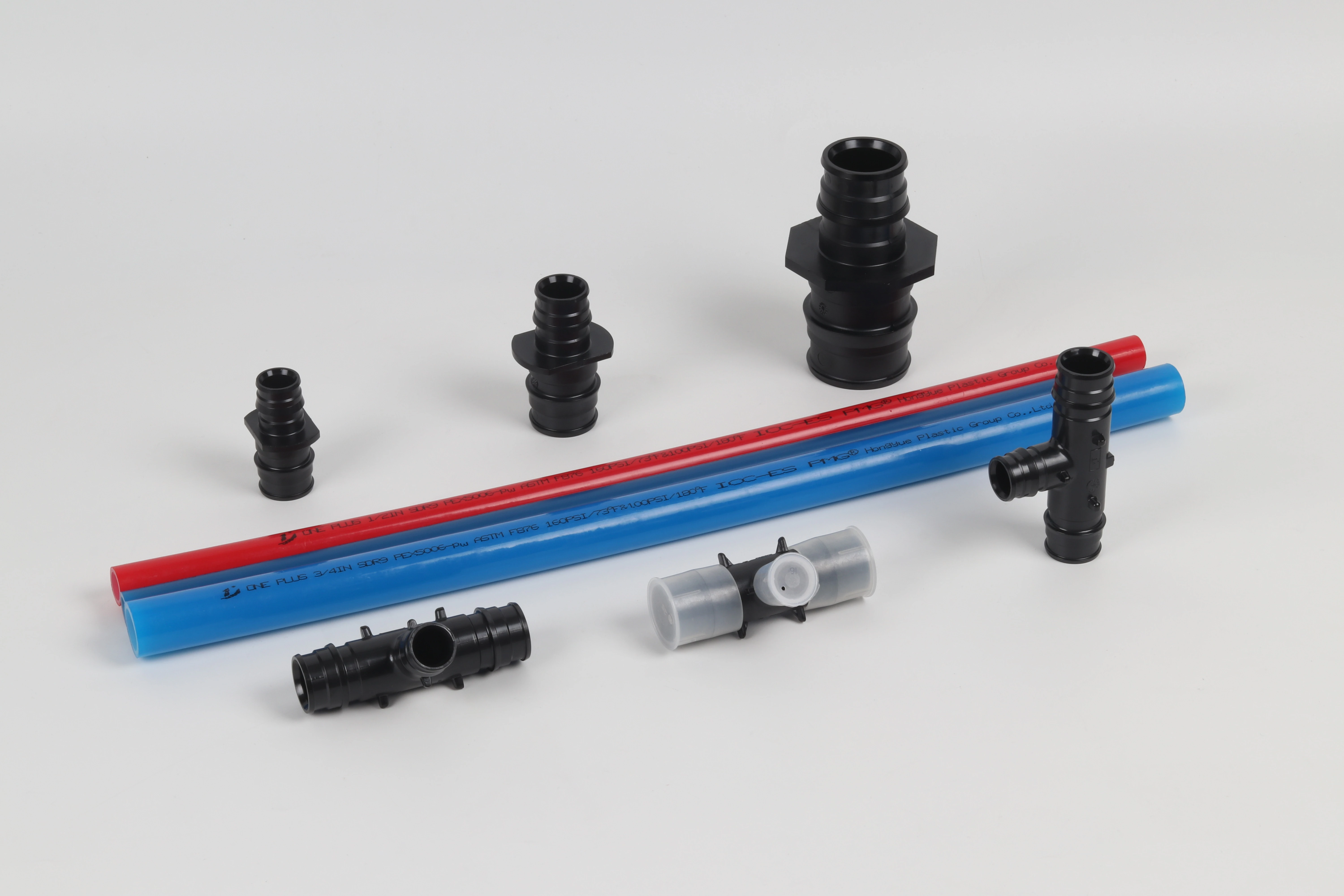
The relationship between surface characteristics and bacterial colonization is well-established in plumbing science, with PEX offering specific advantages in this area.
Surface Characteristics and Bacterial Adhesion
PEX’s manufacturing process creates an exceptionally smooth interior that minimizes the microscopic imperfections where bacteria typically anchor. The surface roughness of PEX measures significantly lower than aged metal pipes, which often develop microscopic pits and crevices through corrosion. This smoothness presents a challenging environment for initial bacterial attachment, the critical first step in biofilm formation.
The material’s hydrophobic nature further reduces bacterial adhesion. Water beads on PEX surfaces rather than spreading evenly, creating less favorable conditions for bacterial colonization compared to more hydrophilic materials. This characteristic, combined with the smooth surface, delays biofilm development rather than preventing it entirely.
Comparison with Other Materials
When compared to traditional plumbing materials, PEX demonstrates distinct advantages:
- Versus corroded metal pipes: PEX maintains consistent smoothness, while metal pipes develop increasing roughness from corrosion
- Versus concrete or asbestos-cement: PEX’s non-porous structure prevents bacterial embedding
- Versus other plastics: PEX’s cross-linked structure provides greater stability than non-crosslinked plastics
However, it’s important to note that all surfaces in contact with water will eventually develop some biofilm; the key difference lies in the rate and extent of colonization.
Table: Surface Characteristics Affecting Bacterial Growth
| Material Property | PEX Advantages | Impact on Bacterial Growth | Long-term Performance |
|---|---|---|---|
| Surface Roughness | Very smooth (0.007mm) | Reduces initial attachment | Maintains smoothness indefinitely |
| Porosity | Non-porous | Prevents bacterial embedding | Consistent performance |
| Chemical Stability | Resists corrosion | No corrosion products for bacteria | No deterioration creating niches |
| Surface Charge | Neutral | Less attractive to bacteria | Consistent over time |
Flow Dynamics and Biofilm Prevention
PEX systems typically maintain better flow characteristics over time due to their resistance to scaling and corrosion. The consistent high flow rates help prevent stagnant conditions that promote bacterial growth. Additionally, properly designed PEX systems with minimal fittings reduce turbulence zones where bacteria often accumulate.
The flexibility of PEX allows for designs with fewer dead ends and stagnant zones, further reducing bacterial growth opportunities. These hydraulic advantages, combined with the smooth surface, create a system less prone to biofilm development than poorly designed metal systems.
What certifications verify PEX’s safety for potable water systems?
Third-party certifications provide crucial verification of PEX safety, including assessments of bacterial growth potential and material impacts on water quality.
NSF/ANSI 61 is the primary certification verifying PEX safety for potable water, assessing potential chemical leaching and material impacts on water quality. Additionally, NSF/ANSI 372 addresses lead content, while various international standards including EN 15874 in Europe provide comprehensive safety evaluations for drinking water applications.
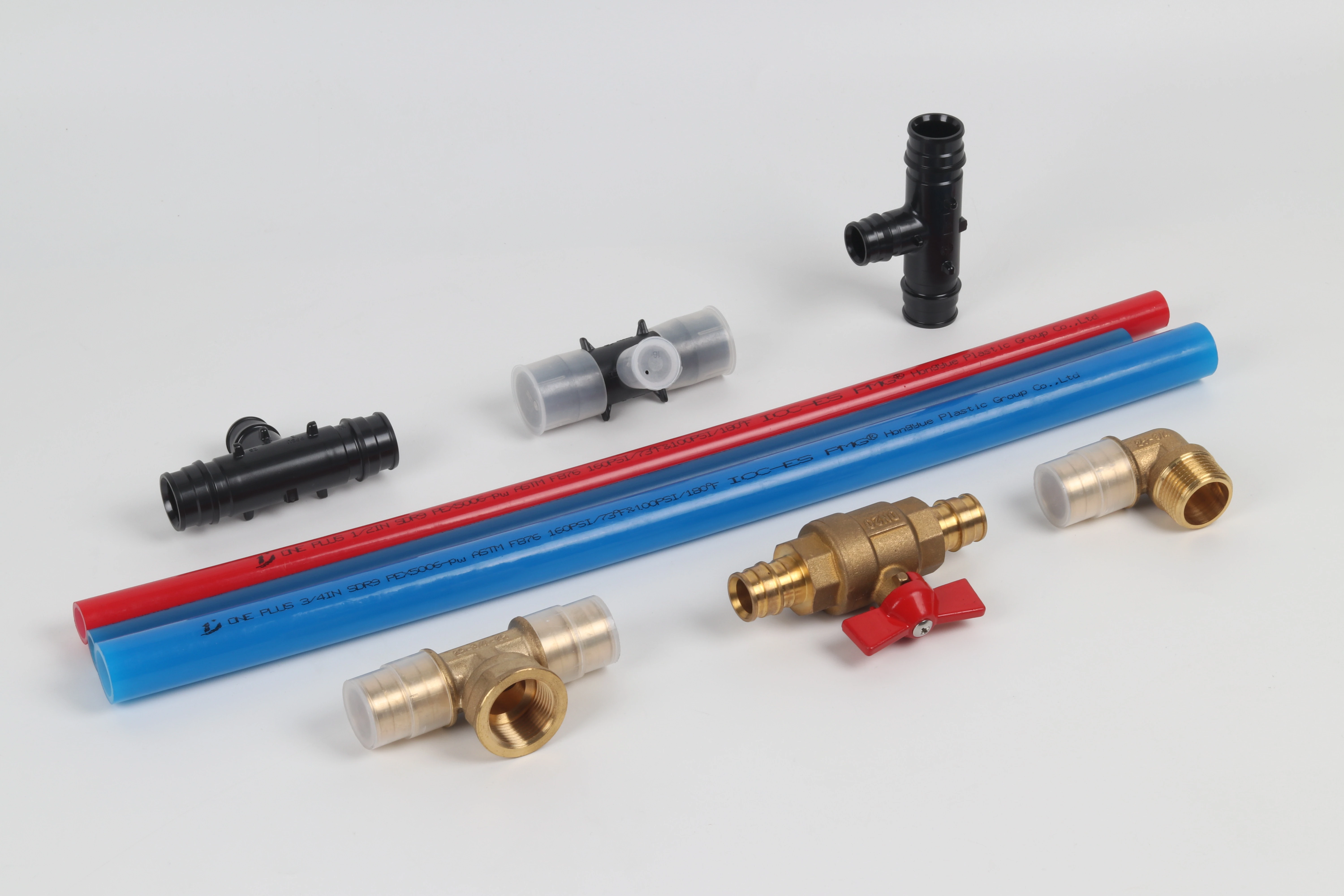
Certifications represent the most reliable method for verifying that PEX products meet stringent health and safety requirements for drinking water applications.
Health Effects Certification
NSF/ANSI 61: Drinking Water System Components – Health Effects evaluates numerous factors relevant to bacterial growth:
- Material composition and potential for supporting microbial growth
- Extractables testing to identify substances that might promote bacterial growth
- Taste and odor assessment that can indicate microbial activity
- Long-term stability testing under various water conditions
This comprehensive evaluation ensures that PEX materials don’t introduce nutrients or conditions that would encourage excessive bacterial growth in water systems. Certified products undergo regular retesting to maintain certification status.
International Standards and Testing
Different regions employ various certification frameworks:
- European EN 15874 for plastic piping systems
- UK WRAS (Water Regulations Advisory Scheme) approval
- German DVGW certifications with specific material requirements
- Australian WaterMark certification for plumbing products
These standards include assessments of material safety, extraction potential, and long-term performance in potable water applications. Manufacturers targeting global markets often pursue multiple certifications to demonstrate comprehensive compliance.
Table: Key PEX Certifications for Potable Water
| Certification | Scope/Focus | Bacterial Considerations | Verification Process |
|---|---|---|---|
| NSF/ANSI 61 | Health effects, leaching | Material support of microbial growth | Extraction testing, analysis |
| NSF/ANSI 372 | Lead content | Indirect through material composition | Chemical analysis |
| EN 15874 | European standard | Migration testing, material safety | Comprehensive testing protocol |
| DVGW | German standards | Technical requirements, water protection | Rigorous material evaluation |
Certification Limitations and Considerations
While certifications verify material safety, they don’t guarantee bacterial-free operation. Proper system design, installation, and maintenance remain essential for controlling bacterial growth. Certifications primarily address:
- Initial material safety and potential for promoting growth
- Chemical extraction limits and water quality impacts
- Material stability under normal operating conditions
- Consistency between manufacturing batches
Understanding these limitations helps professionals implement additional measures beyond material selection to control bacterial growth in plumbing systems.
Does PEX material promote or resist legionella bacteria growth?
PEX neither actively resists nor specifically promotes legionella growth, with its performance depending largely on system design, temperature management, and maintenance practices.
PEX material itself doesn’t significantly promote legionella growth compared to other plumbing materials, but it doesn’t inherently resist it either. Legionella risk in PEX systems is primarily influenced by water temperature, stagnation, and system design rather than the material properties of PEX itself.
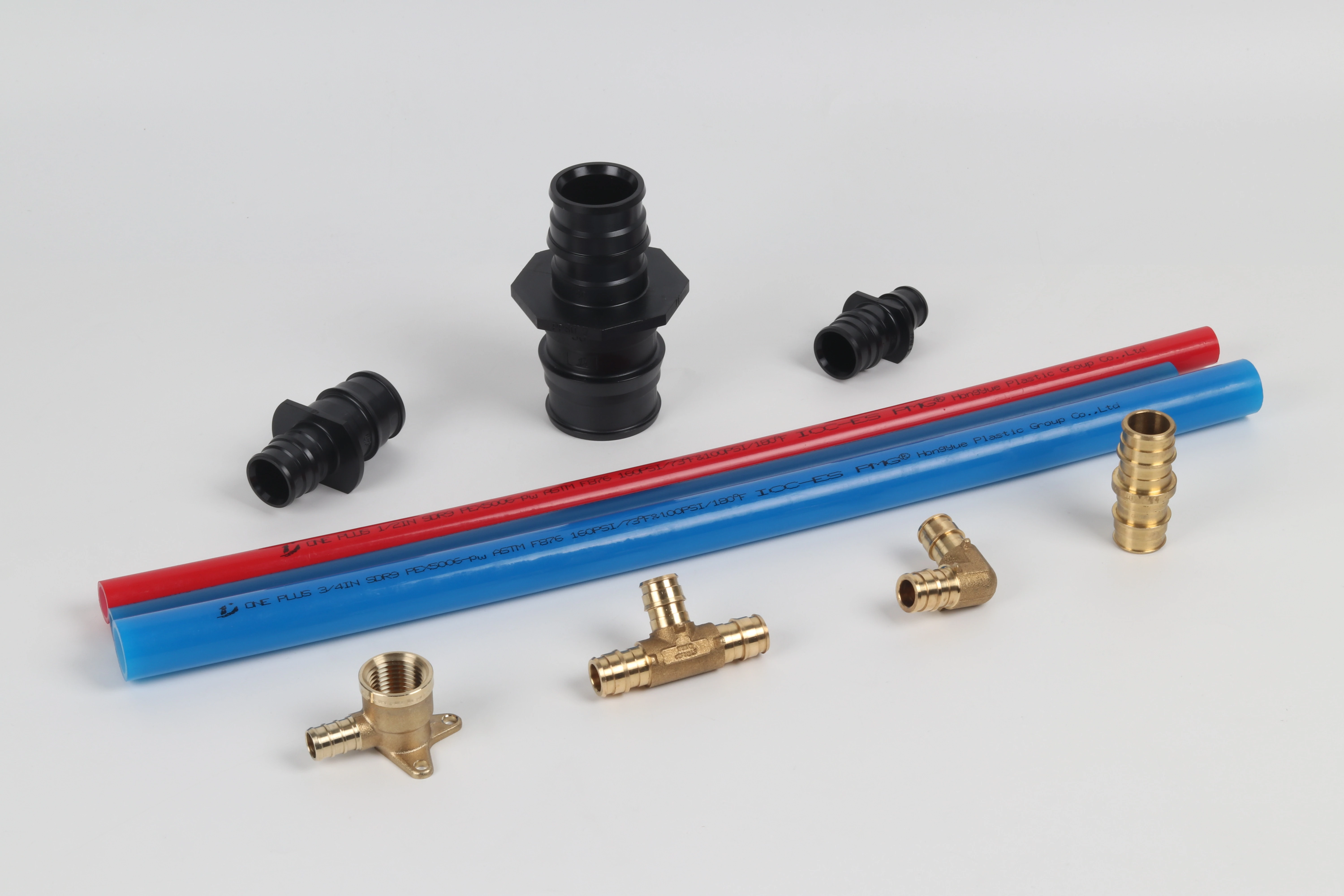
Legionella pneumophila, the bacteria responsible for Legionnaires’ disease, thrives in specific conditions that can occur in any plumbing system regardless of material.
Temperature Considerations
Legionella grows best in warm water (25-45°C or 77-113°F), with optimal growth around 35°C (95°F). PEX systems require careful temperature management because:
- PEX temperature limitations (typically 82°C/180°F maximum) may influence system design
- Lower thermal conductivity than metal pipes may affect heat distribution
- Potential for stratification in larger pipes if not properly designed
Properly designed PEX systems should maintain hot water temperatures above 55°C (131°F) at all points to inhibit legionella growth, while avoiding temperatures that could damage the PEX material.
System Design Implications
PEX’s flexibility influences legionella risk in several ways:
- Reduced fitting count minimizes areas where water can stagnate
- Smooth interior may reduce biofilm that protects legionella
- Design flexibility allows for better elimination of dead legs
- Compatibility with recirculation systems helps maintain temperature
However, poor design can create risks regardless of material choice. Dead legs, low-flow areas, and inadequate temperature maintenance represent the primary legionella risks in any plumbing system.
Table: Factors Influencing Legionella Growth in PEX Systems
| Factor | PEX Considerations | Risk Management | Best Practices |
|---|---|---|---|
| Water Temperature | Material limits high temperatures | Maintain >55°C in hot water | Proper insulation, recirculation |
| Stagnation | Flexible design reduces dead legs | Eliminate stagnant sections | Proper system layout |
| Biofilm Formation | Smooth surface reduces attachment | Regular flushing, maintenance | System flushing protocol |
| Nutrient Availability | Minimal nutrient leaching | Control water chemistry | Water treatment if needed |
Comparative Material Performance
Research comparing legionella growth in different plumbing materials shows:
- Copper surfaces demonstrate some antimicrobial activity against legionella
- All materials support legionella growth if conditions are favorable
- System design and maintenance outweigh material differences in most cases
- PEX performs comparably to other materials when systems are properly designed
The most significant factors controlling legionella growth remain water temperature, residence time, and disinfectant residual rather than pipe material selection.
How should PEX systems be maintained to prevent bacterial contamination?
Proper maintenance protocols are essential for controlling bacterial growth in PEX systems, leveraging the material’s advantages while addressing its limitations.
PEX systems require regular flushing to prevent stagnation, temperature management to inhibit bacterial growth, periodic disinfection when needed, and monitoring for water quality changes. These maintenance practices complement PEX’s material properties to create comprehensive bacterial control in plumbing systems.
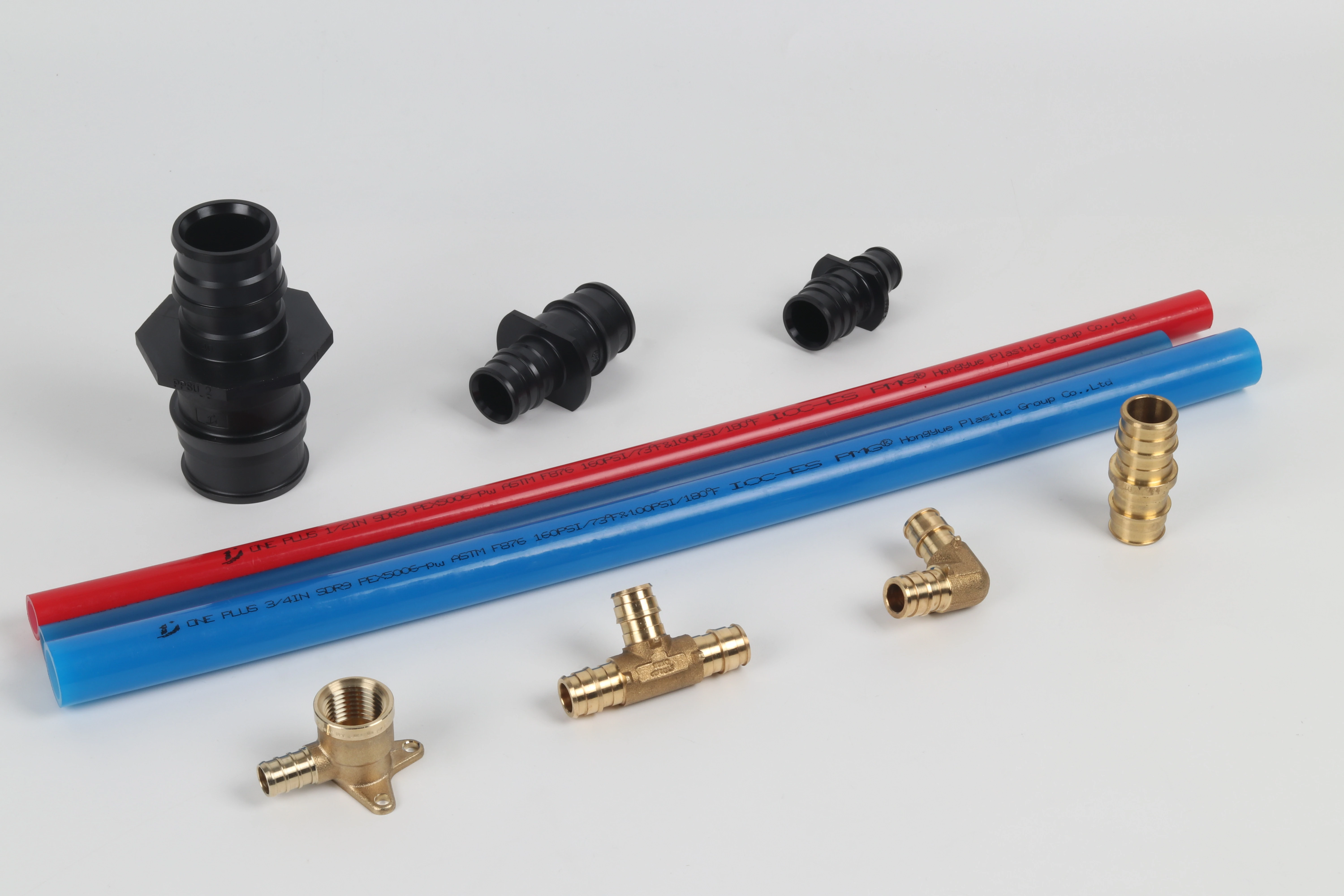
Effective maintenance addresses the specific characteristics of PEX systems while following general principles of plumbing system hygiene.
Regular Maintenance Procedures
Implementing consistent maintenance routines significantly reduces bacterial risks:
- Regular flushing of infrequently used outlets to prevent stagnation
- Temperature monitoring to ensure inhibitory conditions are maintained
- Visual inspections for damage or contamination points
- Water quality testing for microbial indicators when appropriate
For PEX systems, particular attention should be paid to sections with low flow or those that may be subject to temperature loss, as these areas present the highest bacterial growth risks.
System-Specific Considerations
PEX systems have unique maintenance requirements:
- UV protection for exposed pipes to prevent material degradation
- Proper support to prevent sagging that creates low points
- Compatible disinfectants that won’t damage the PEX material
- Flushing after installation to remove manufacturing residues
Unlike metal systems, PEX doesn’t require corrosion control or descaling, but it does need protection from chemical damage and UV exposure that could create surface conditions favorable to bacterial attachment.
Table: PEX System Maintenance Schedule
| Maintenance Activity | Frequency | Procedure | Bacterial Control Benefit |
|---|---|---|---|
| Stagnant Outlet Flushing | Weekly for unused outlets | Run water until temperature stable | Removes stagnant water |
| Temperature Verification | Monthly | Check hot water temperature at distant outlets | Ensures inhibitory temperatures |
| System Flushing | Quarterly (or as needed) | High-volume flow through all branches | Removes sediment, biofilms |
| Visual Inspection | Annually | Check for damage, degradation | Identifies potential issues early |
| Water Quality Testing | As indicated by conditions | Microbial, chemical parameters | Verifies system performance |
Disinfection and Remediation
When bacterial contamination is suspected or confirmed:
- Use compatible disinfectants such as chlorine at appropriate concentrations
- Follow manufacturer guidelines for chemical exposure limits
- Implement systemic disinfection rather than spot treatments
- Verify effectiveness through post-treatment testing
PEX generally tolerates common disinfectants well, but prolonged exposure to high chlorine concentrations should be avoided. Always consult manufacturer specifications for chemical compatibility before undertaking disinfection procedures.
Common Challenges and Practical Solutions
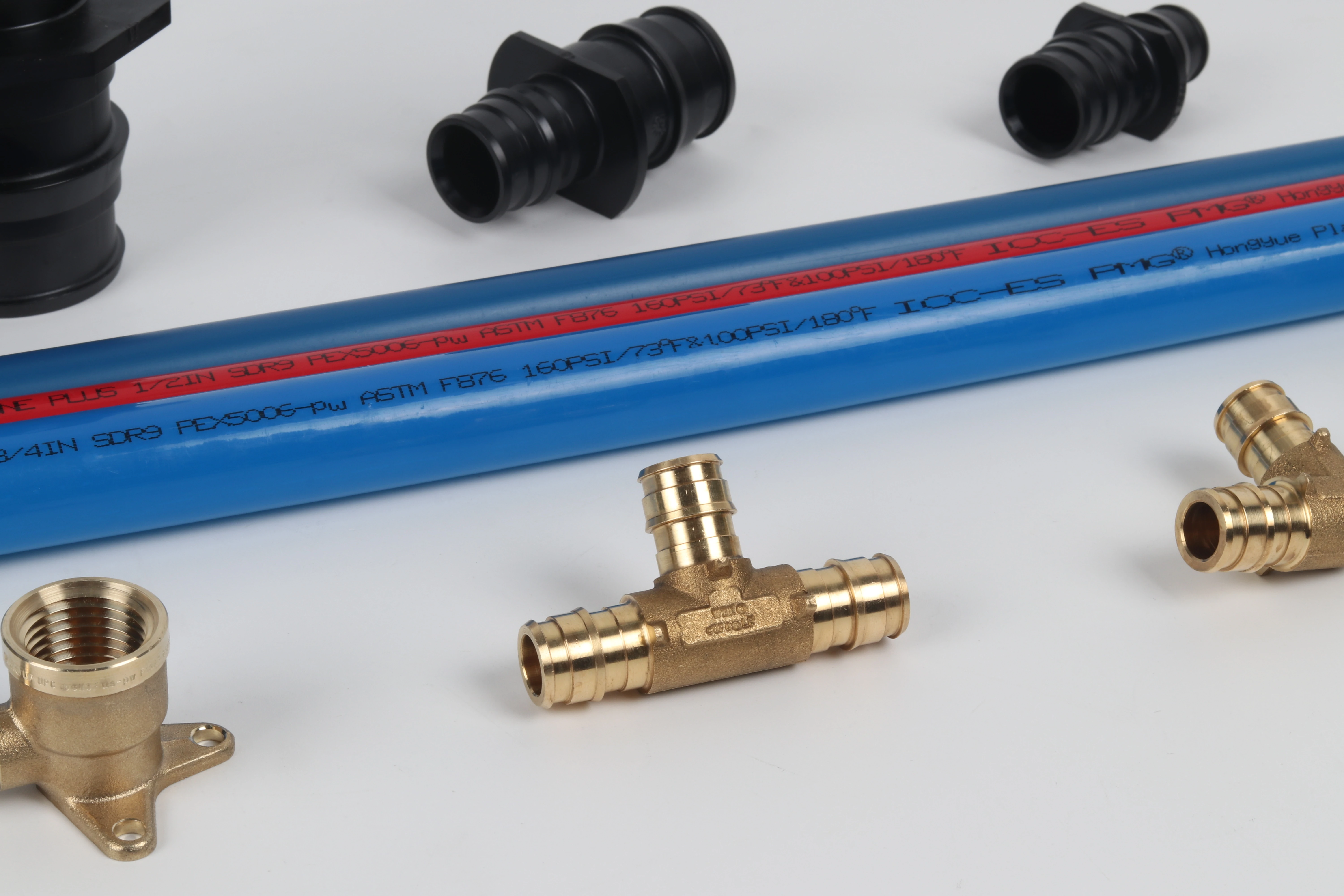
Through extensive field experience, I’ve identified several recurring challenges with bacterial management in PEX systems and developed practical solutions for each issue.
Challenge 1: Temperature Maintenance in PEX Systems
Problem: PEX’s lower thermal conductivity compared to metal can lead to greater heat loss in hot water lines, potentially creating temperatures conducive to bacterial growth.
Solutions:
- Increase insulation thickness on hot water lines
- Implement recirculation systems with careful temperature control
- Design systems with shorter runs to distant fixtures
- Use heat tracing in problematic areas where appropriate
Challenge 2: Stagnation in Low-Use Areas
Problem: All plumbing systems develop stagnation in infrequently used areas, but PEX’s smooth surface may delay detection of bacterial issues.
Solutions:
- Install automatic flushing devices in little-used areas
- Implement a manual flushing schedule for low-use outlets
- Consider point-of-use heaters instead of long pipe runs
- Design systems to minimize dead legs and low-flow areas
Challenge 3: System Design Limitations
Problem: Even well-designed PEX systems may develop bacterial issues if initial design doesn’t adequately address flow characteristics and temperature maintenance.
Solutions:
- Engage experienced designers familiar with PEX-specific considerations
- Conduct hydraulic modeling to identify potential stagnation areas
- Implement balancing valves to ensure proper flow distribution
- Include access points for monitoring and maintenance
Table: Quick Reference Guide for PEX Bacterial Management
| Situation | Potential Issue | Immediate Action | Long-term Solution |
|---|---|---|---|
| Water discoloration | Biofilm disturbance | Flush system thoroughly | Identify and eliminate low-flow areas |
| Odor development | Bacterial growth | Shock disinfect system | Review temperature maintenance |
| Flow reduction | Biofilm accumulation | Professional cleaning | Implement regular flushing protocol |
| Temperature loss | Legionella risk | Adjust heater temperature | Improve insulation, add recirculation |
Conclusion
PEX piping demonstrates moderate inherent resistance to bacterial growth through its smooth, non-porous interior surface, though it lacks the active antimicrobial properties of materials like copper. The material’s performance regarding bacterial control depends heavily on proper system design, consistent maintenance practices, and careful temperature management. Certification to relevant standards such as NSF/ANSI 61 verifies that PEX materials don’t promote microbial growth, but ongoing maintenance remains essential for controlling bacteria in any plumbing system. By leveraging PEX’s advantages—including reduced fitting count, smooth surfaces, and design flexibility—while implementing comprehensive maintenance protocols, professionals can create PEX plumbing systems that effectively minimize bacterial risks while providing reliable long-term performance.













Commentaires récents